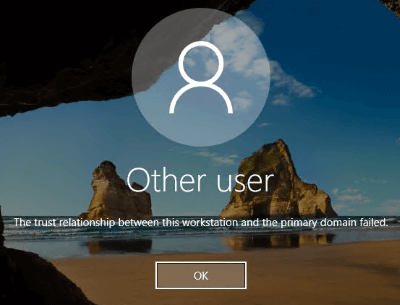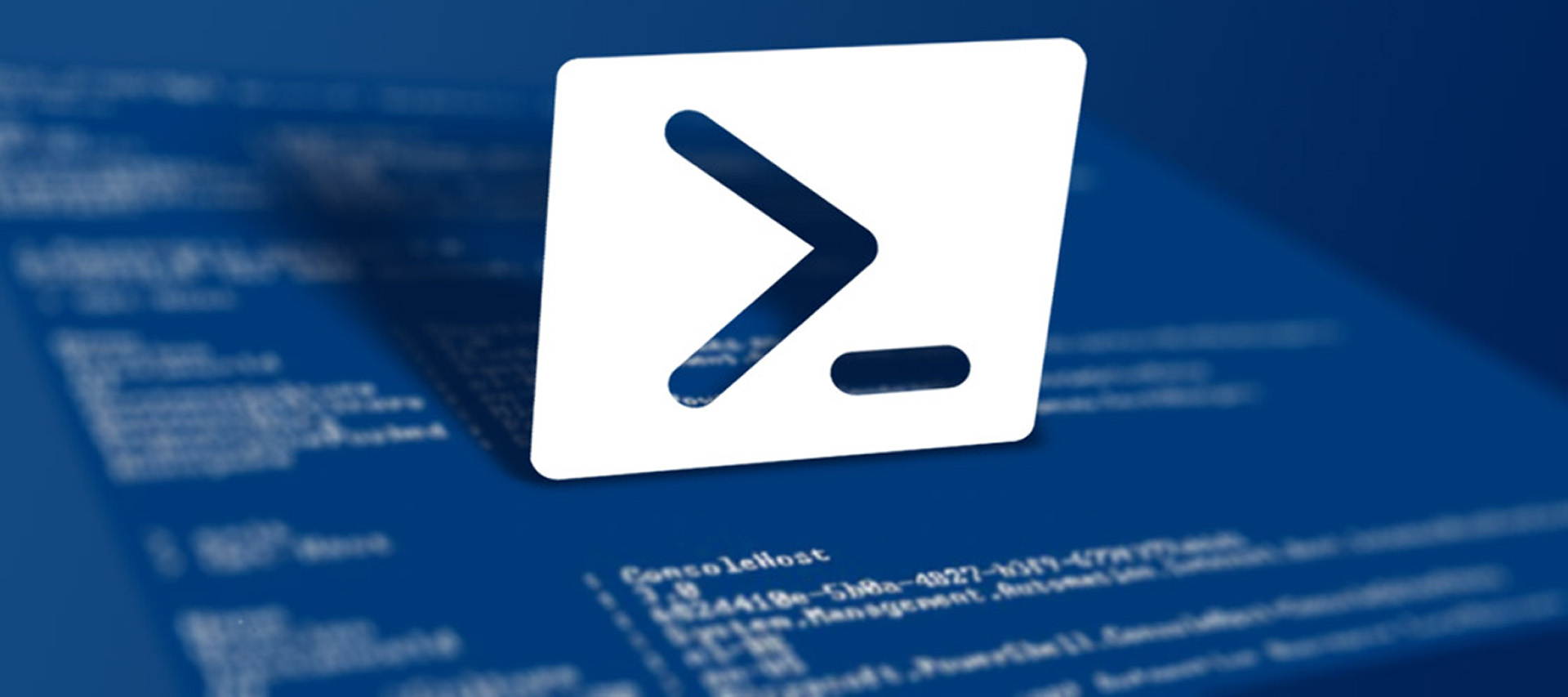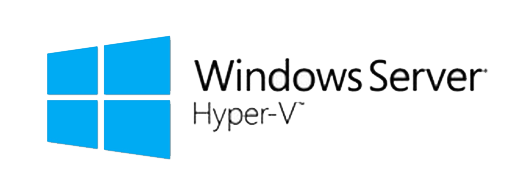How the Computers Locate a Domain Controller on the Network
This article will describe how the domain computer member locate a domain controller. Basically, the first step requires a Domain Name System (DNS) server, which contains records for each domain controller in the domain. When the computer starts, the NetLogon service will also start automaticaly (on Default configuration). This service will run DsGetDcName application programming […]
How the Computers Locate a Domain Controller on the Network Read More »









